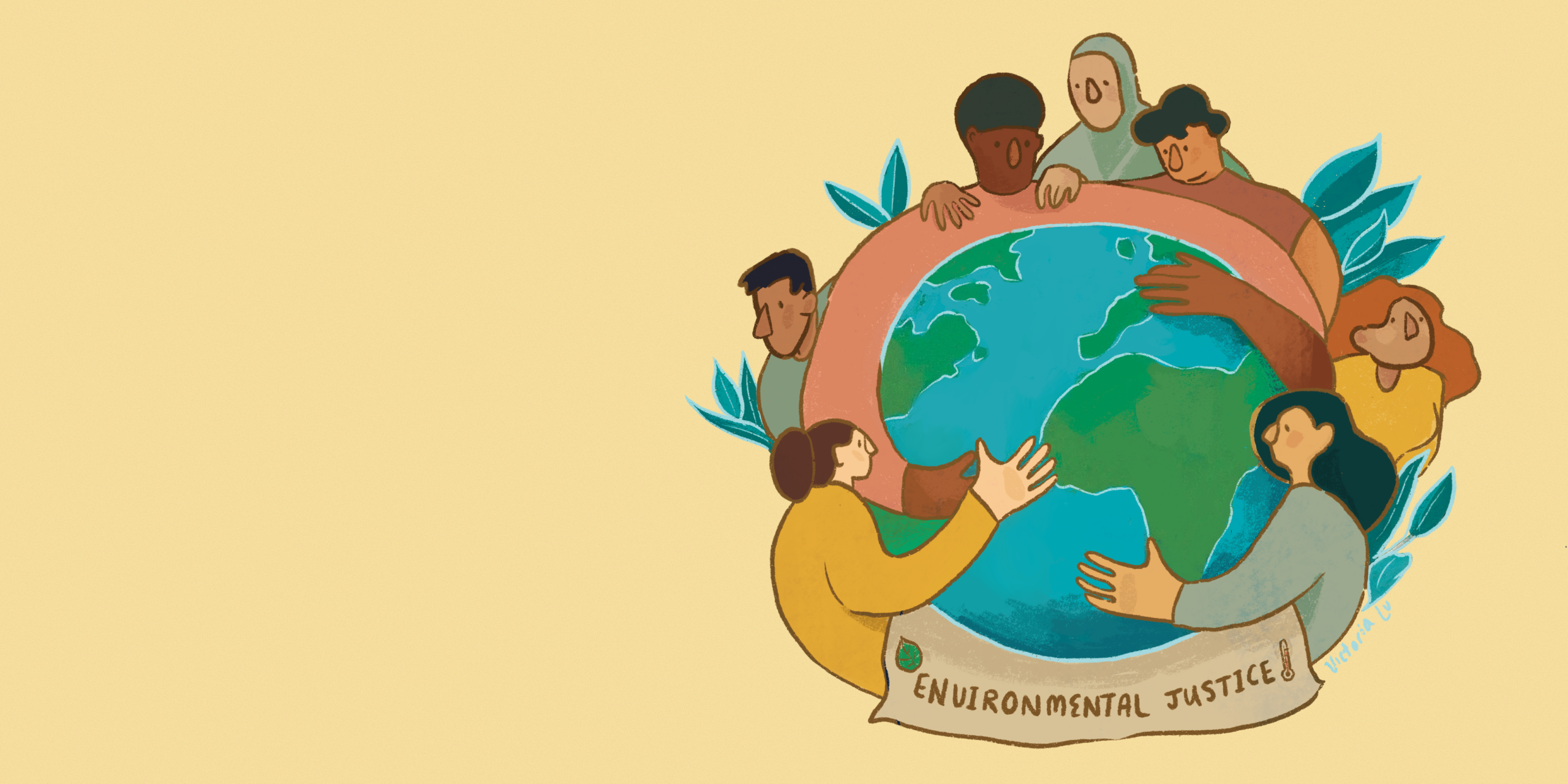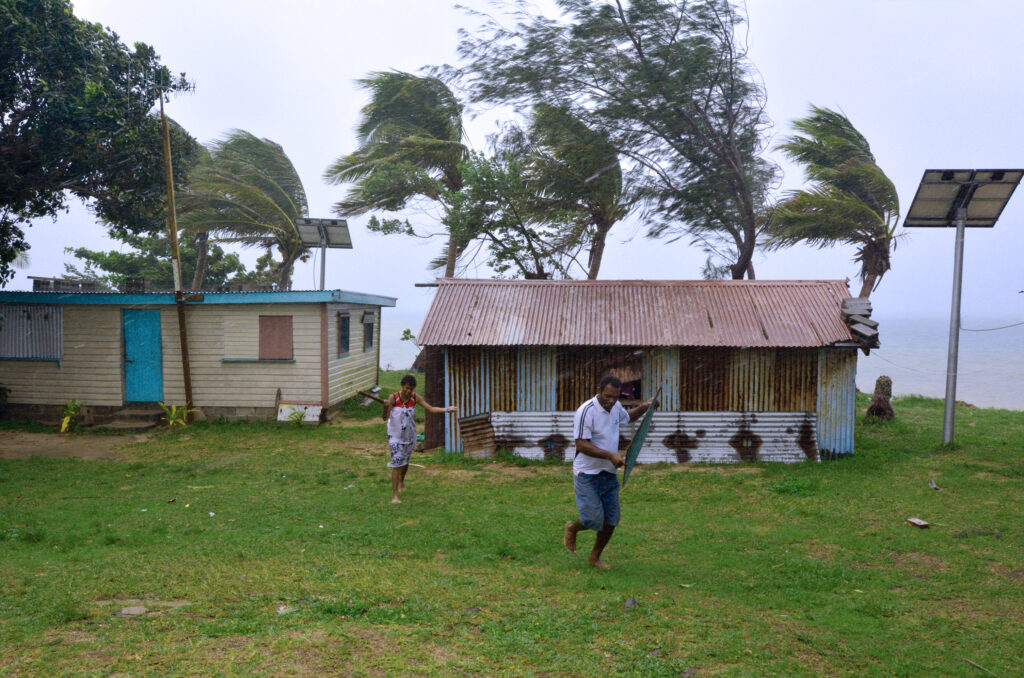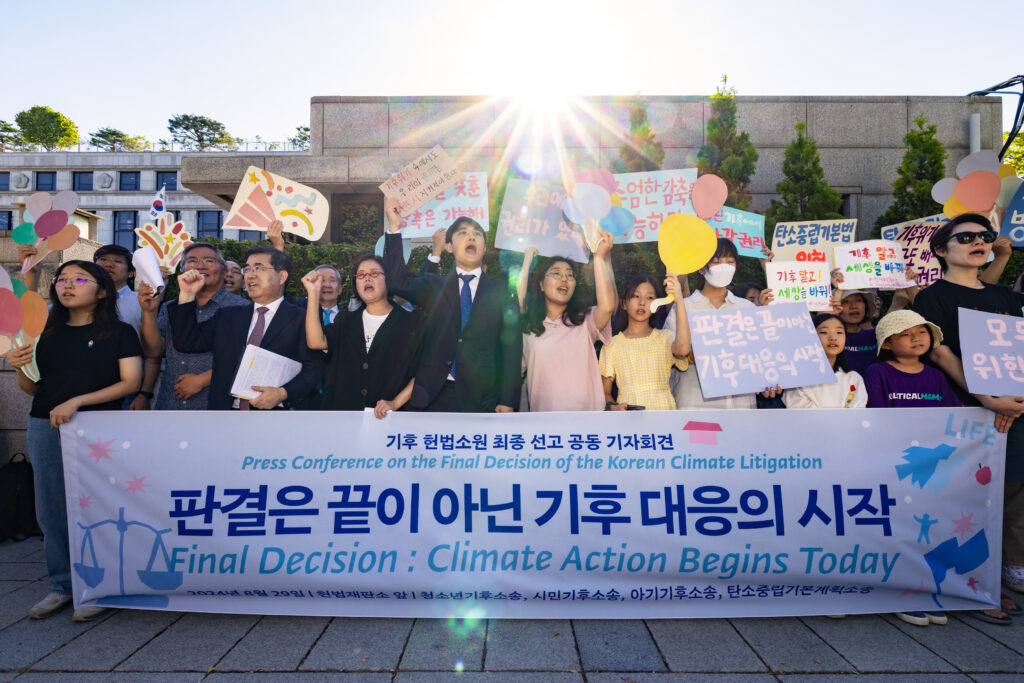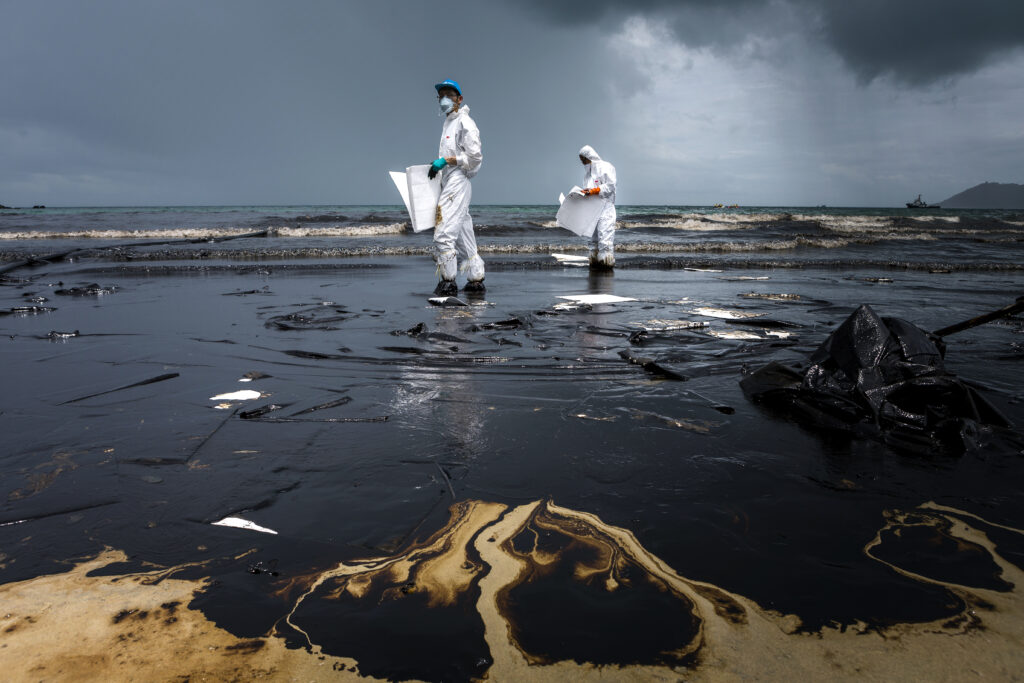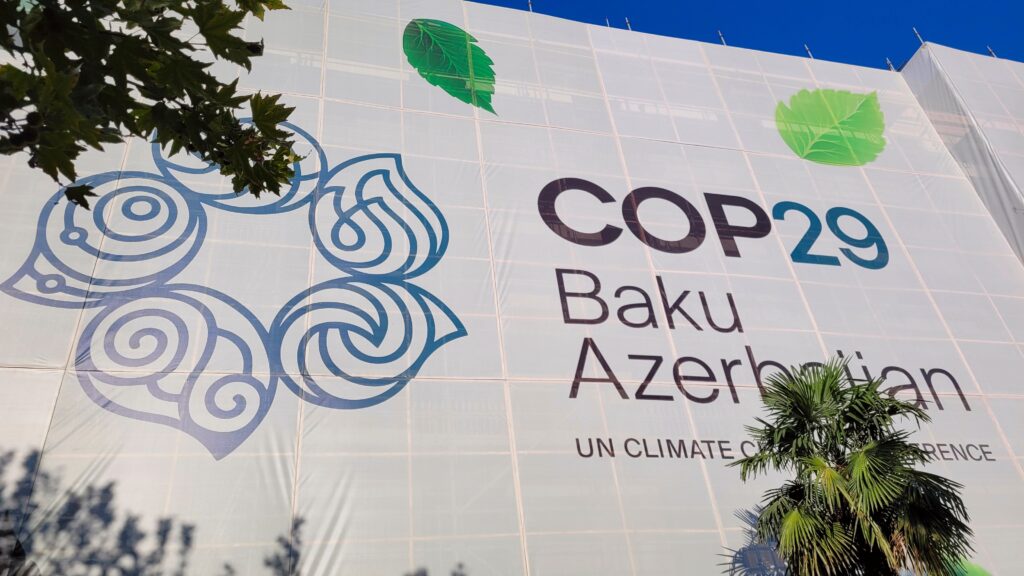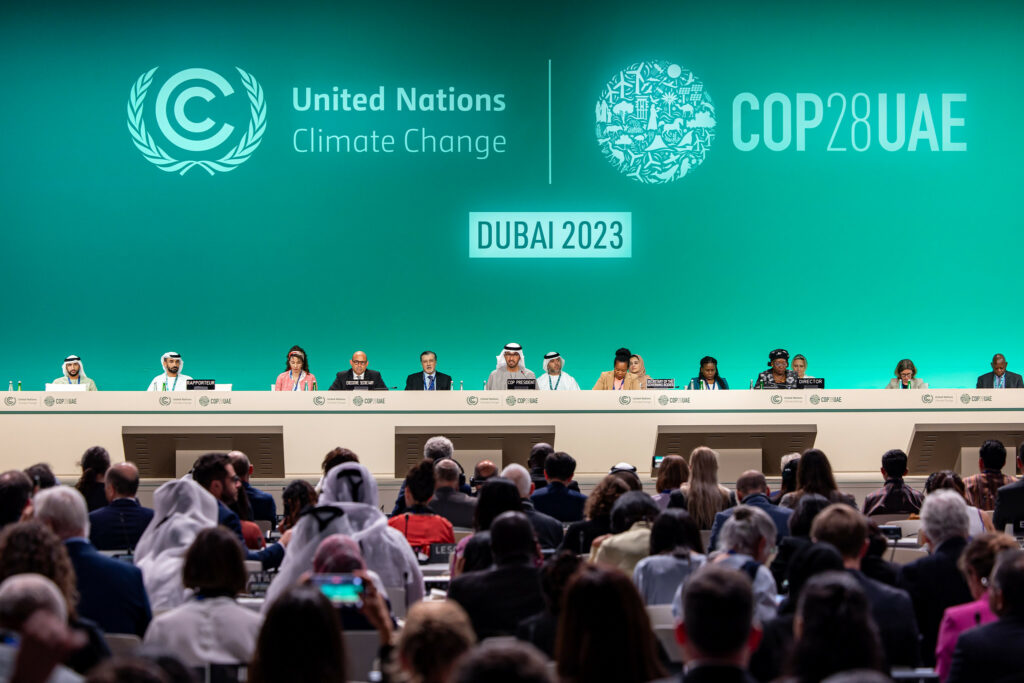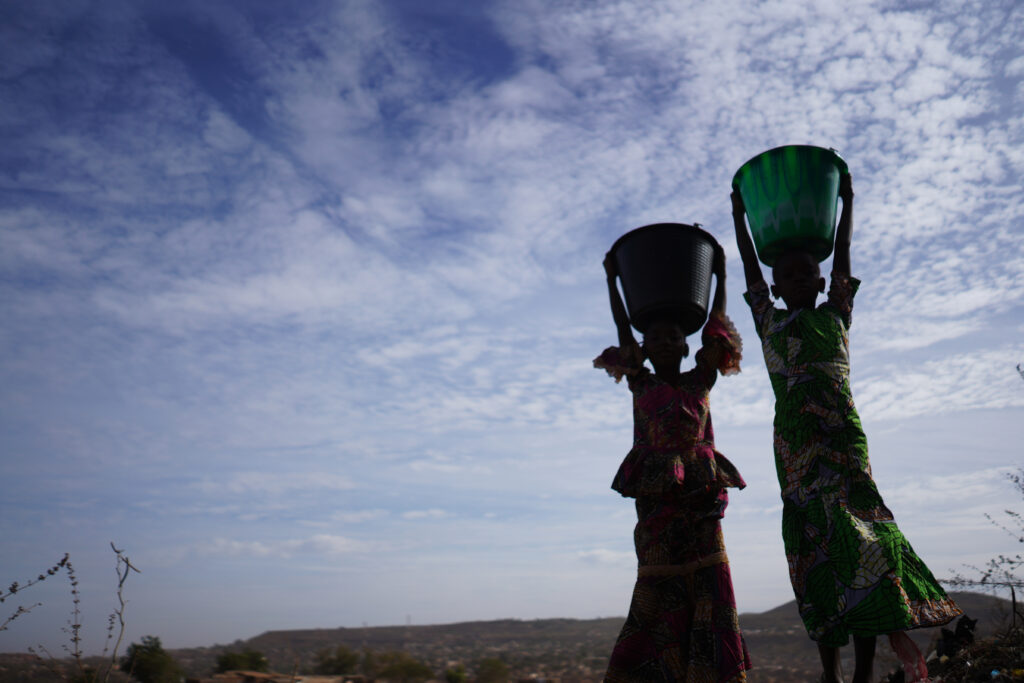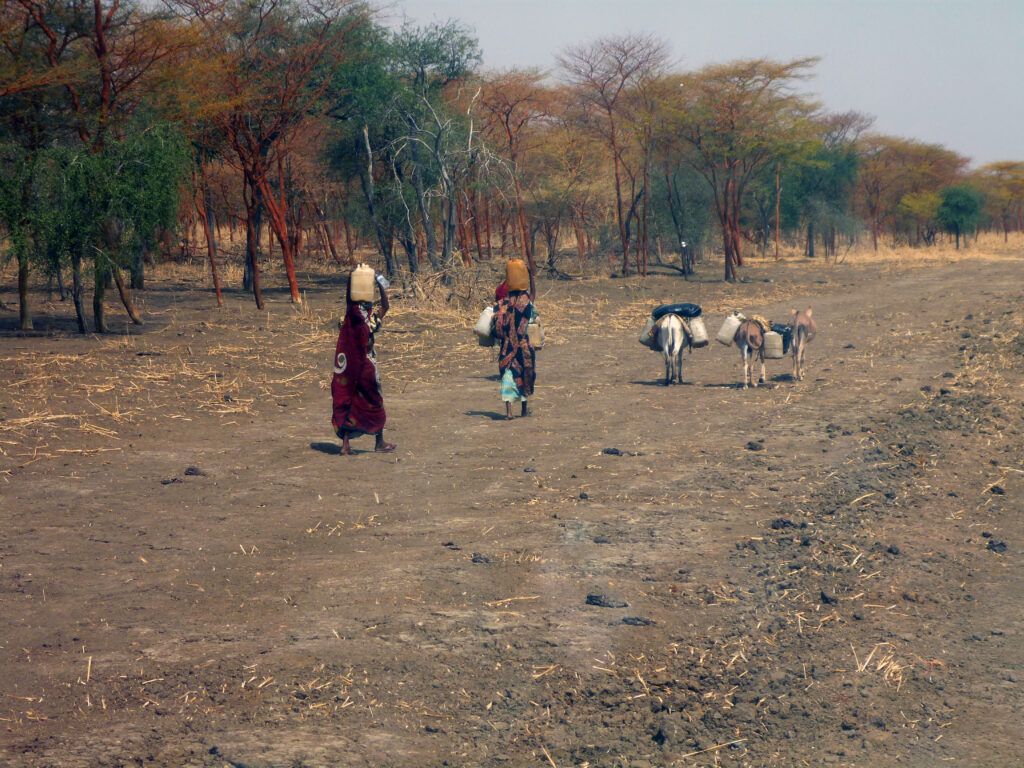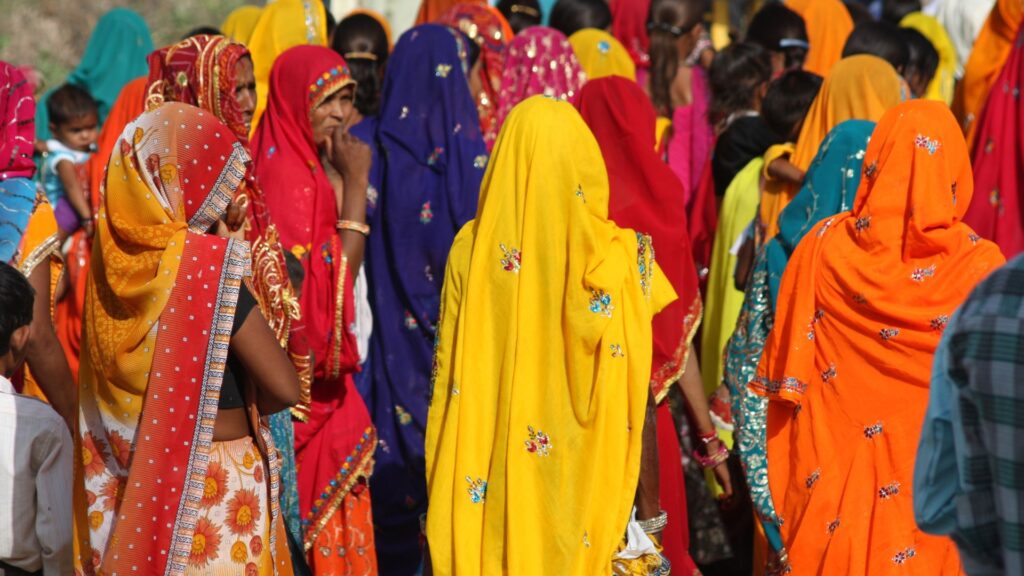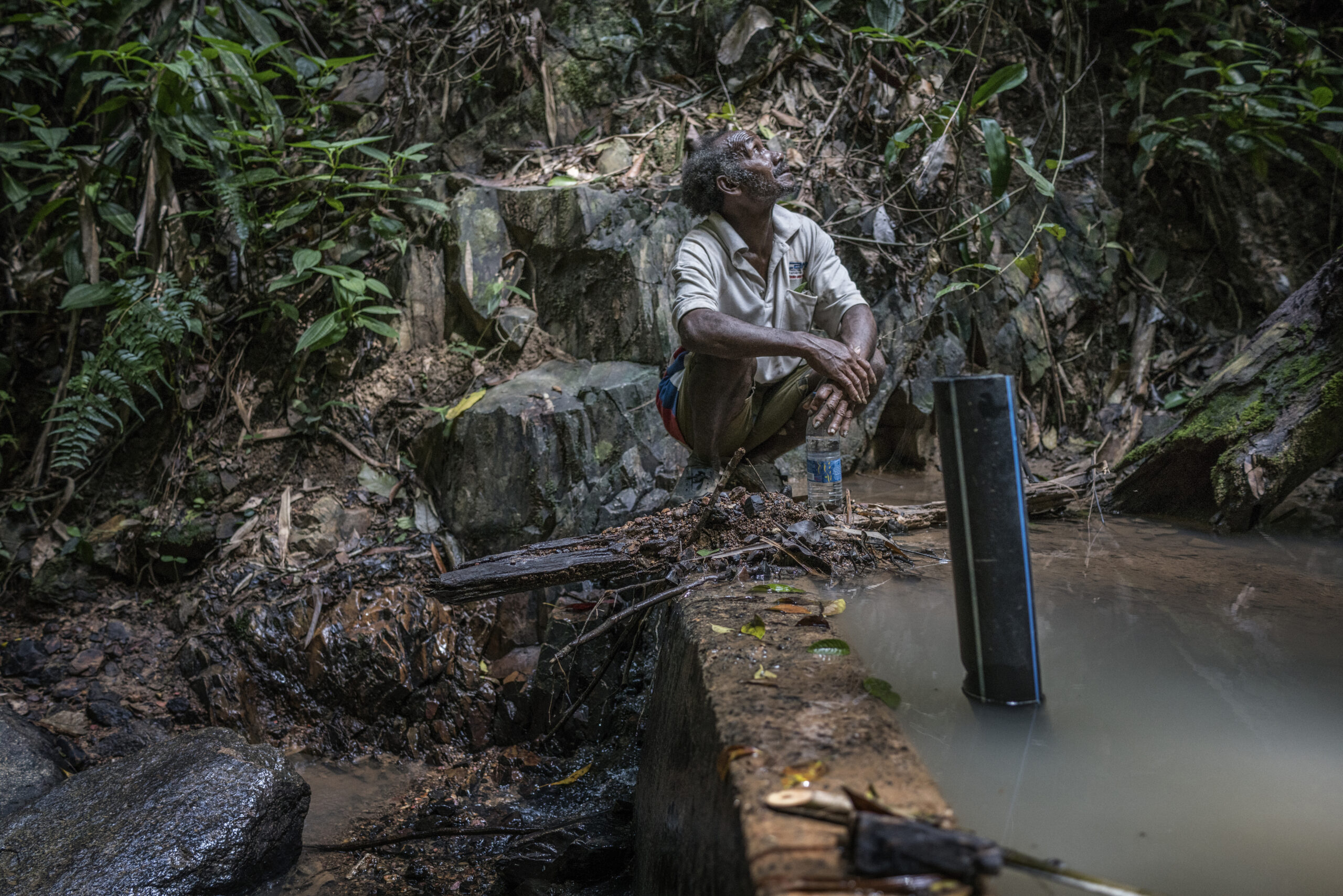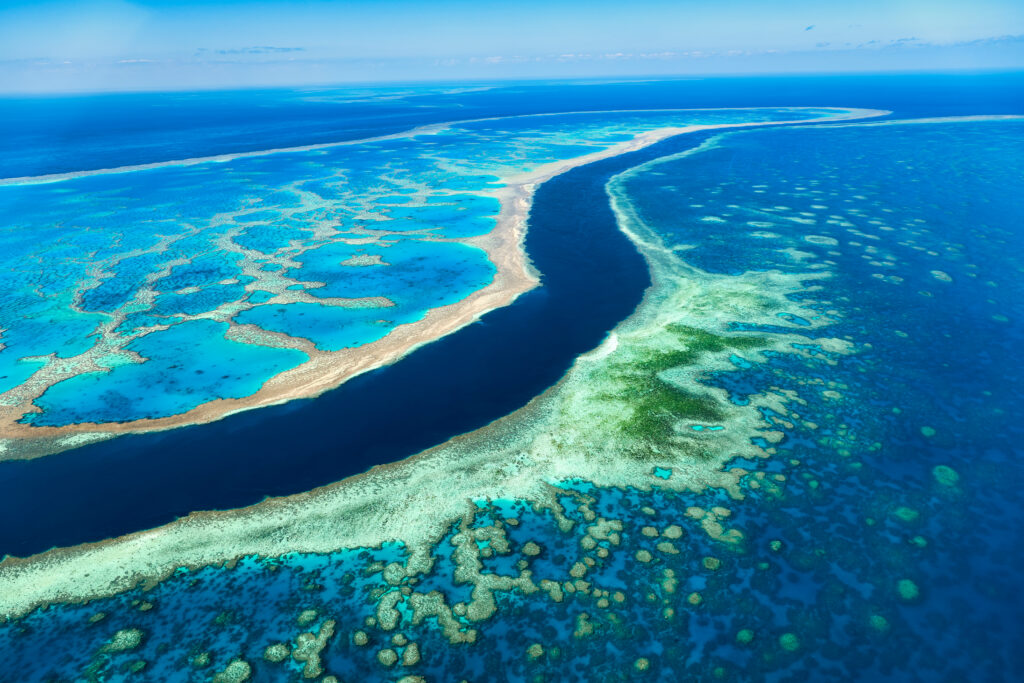Environmental justice examples are appearing worldwide as climate change intensifies and public climate action becomes more mainstream. These efforts are at the heart of creating a fair and inclusive world, ensuring that no community bears a disproportionate share of the climate consequences or environmental hazards or misses out on the benefits of environmental initiatives.
At its core, environmental justice means equity in managing and protecting our natural resources, ensuring every person has a voice in environmental decisions. This principle is especially critical now as we face the global challenge of climate change. By connecting climate science to climate action, we can ensure that solutions account for ecological balance and social equity, benefitting everyone.
Climate Change Impacts and the Importance of Environmental Justice
Climate change is no longer a distant threat; it’s here and happening. Over the last century, global surface temperatures have risen by approximately 1.1°C. Projections suggest that without significant mitigation, temperatures could increase by an additional 1.5°C-2°C this century, putting tremendous pressure on the planet’s ecosystems and human communities.
Social and Physical Impacts
- Global food security: Extreme weather events such as droughts, floods, and cyclones damage crops and livestock. Already, climate-related disasters cause annual agricultural production losses worth billions of dollars and crop yields are projected to decline up to 25% by 2100.
- Damage to infrastructure and jobs: Sea-level rise, heavier rainfall and more intense storms threaten roads, bridges and factories. As a result, sea-level rise alone will cost the global economy between USD 2.9 trillion and USD 3.4 trillion annually by 2100 if countries fail to implement effective adaptation measures.
- Harm to human health and well-being: More frequent heatwaves and worsening air quality contribute to a rise in respiratory and cardiovascular diseases. The World Health Organization (WHO) notes that air pollution remains a leading environmental risk factor, causing around 6.7 million premature deaths globally each year.
- Disruption of biodiversity: Altered habitats, shifting temperatures and ocean acidification endanger countless species. This ecological imbalance has a ripple effect on food chains and human livelihoods.
Uneven Distribution of Impacts – Environmental Injustice
Perhaps most importantly, the effects of climate change are not distributed evenly. Developing nations, marginalised communities and low-income neighbourhoods often have limited infrastructure and lack the resources to adapt.
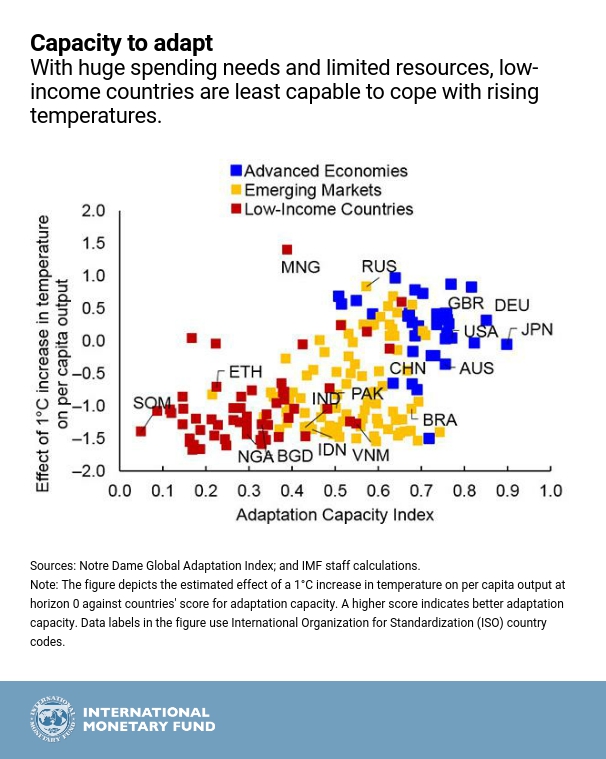
Furthermore, the economy of these low-income areas is frequently very reliant on agriculture, which will have massive disruptions from climate change. For instance, UN data shows that 80% of people displaced by climate change are women and children, highlighting existing gender and social inequalities.
This is where environmental justice comes into play: fighting for equality on who implements and provides climate change adaptation and mitigation strategies.
What Are the Three Types of Environmental Justice?
Environmental justice consists of three main categories that help outline how resources, responsibilities and remedies should be distributed.
Distributive Justice
Distributive justice refers to the fair allocation of environmental benefits, like clean air and green spaces, and burdens, such as pollution and industrial waste. The aim is to ensure no single community disproportionately shoulders negative environmental impacts. Distributive justice plays a vital role in reducing health disparities by preventing so-called sacrifice zones, where residents endure a higher share of risks.
Around the world, city planners are increasingly integrating green infrastructure like rooftop gardens, urban forests and community parks to offset pollution and lower local temperatures. These interventions can significantly reduce the urban heat island effect and improve air quality. If these developments are equal across a city, regardless of socioeconomic status, they are an example of distributive environmental justice by providing equitable access to healthy, livable spaces for all.
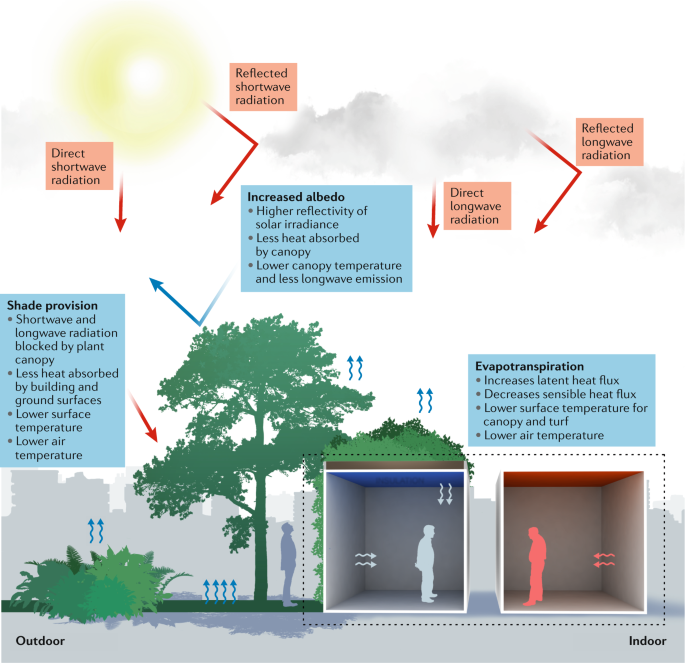
Procedural Justice
Procedural justice emphasises fairness and transparency in the decision-making process, ensuring that every stakeholder — including historically underrepresented groups — has a meaningful voice. When policies are developed inclusively, they often yield practical and widely accepted solutions that incorporate local knowledge and address community-specific needs.
For example, research by the UN Environment Programme (UNEP) demonstrates that engaging Indigenous communities can significantly improve the management and conservation of natural resources. Not only do these groups have firsthand local knowledge, but they also see the most direct effects of policy changes.
In Indonesia, involving fishing communities in designing and managing marine-protected areas involves balanncing economic interests with ecological preservation — an illustration of how procedural justice can drive solutions that work for all parties involved.
Corrective Justice
Corrective justice, often called restorative justice, focuses on addressing historical or ongoing environmental injustices by offering compensation, legal reforms or targeted rehabilitation projects. It acknowledges that specific communities have endured disproportionate exposure to pollution and other harms and that active efforts are needed to repair the damage.
One of Japan’s most recognised examples of corrective environmental justice is the Minamata disease case. During the 1950s and 1060s, a chemical plant was discharging industrial waste containing mercury into Minamata Bay, causing thousands of residents to suffer from mercury poisoning. Ultimately, legal battles led to corporate accountability, culminating in compensation packages, medical care and remediation programs. By holding polluters responsible and directing resources to affected families, the Minamata response exemplifies how corrective justice addresses historical harm and ensures those responsible take active steps toward healing and restoration.
A Collective Endeavor: Ensuring Equality in Climate Adaptation
Environmental justice lies at the heart of effective climate change adaptation and mitigation. As a result, the inclusivity that comes with environmental justice is playing a growing role on the global stage, with increasing discussion at international summits like COP.
Whether designing resilient coastal adaptation measures or deploying renewable energy solutions, inclusive strategies that engage marginalised groups often lead to better outcomes. By recognising the significance of every individual’s voice, regardless of location or income, environmental justice ensures that climate solutions don’t merely shift burdens to already vulnerable populations but instead uplift everyone.
Eric Koons
Writer, United States
Eric is a passionate environmental advocate that believes renewable energy is a key piece in meeting the world’s growing energy demands. He received an environmental science degree from the University of California and has worked to promote environmentally and socially sustainable practices since. Eric has worked with leading environmental organisations, such as World Resources Institute and Hitachi ABB Power Grids.
Eric is a passionate environmental advocate that believes renewable energy is a key piece in meeting the world’s growing energy demands. He received an environmental science degree from the University of California and has worked to promote environmentally and socially sustainable practices since. Eric has worked with leading environmental organisations, such as World Resources Institute and Hitachi ABB Power Grids.

